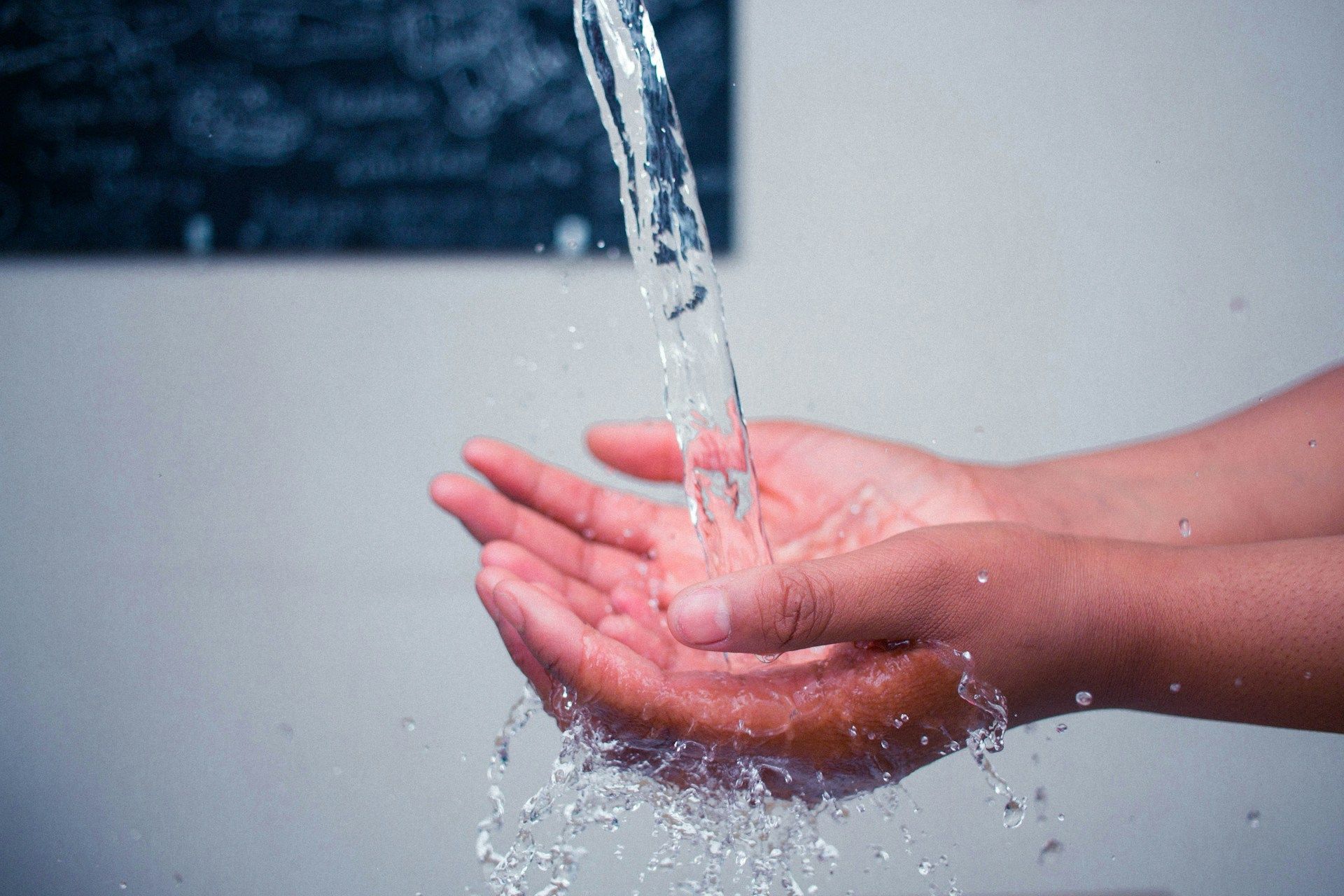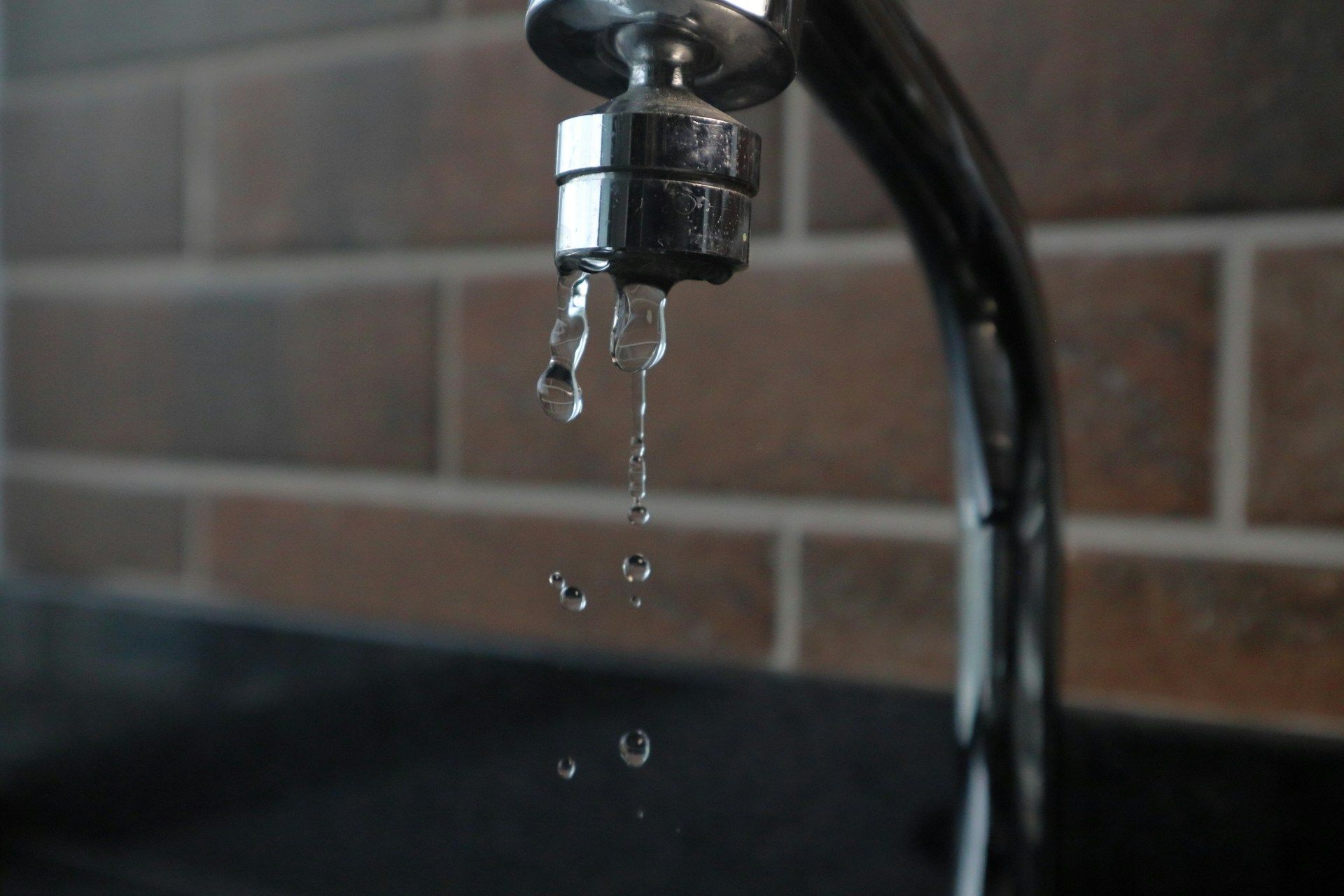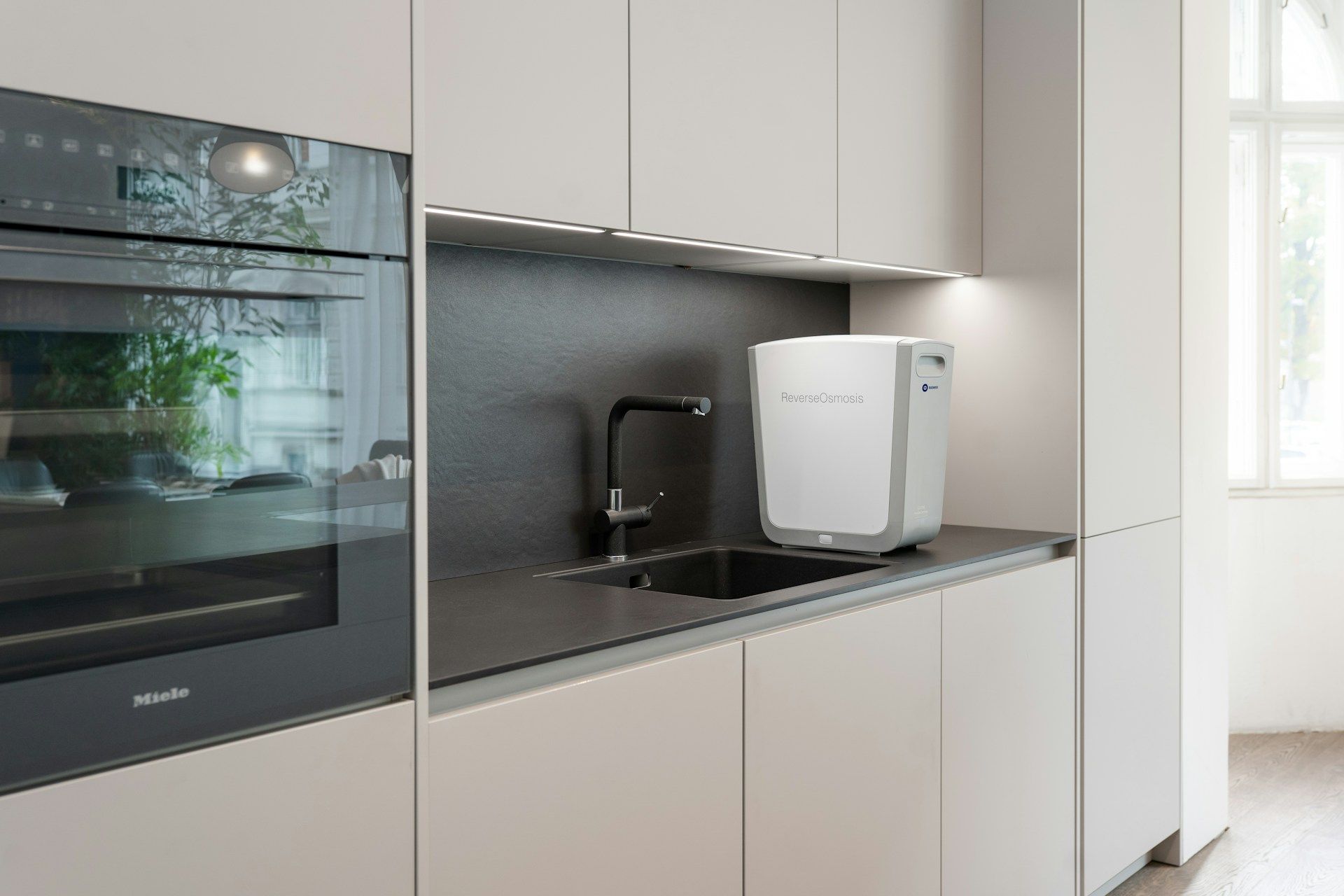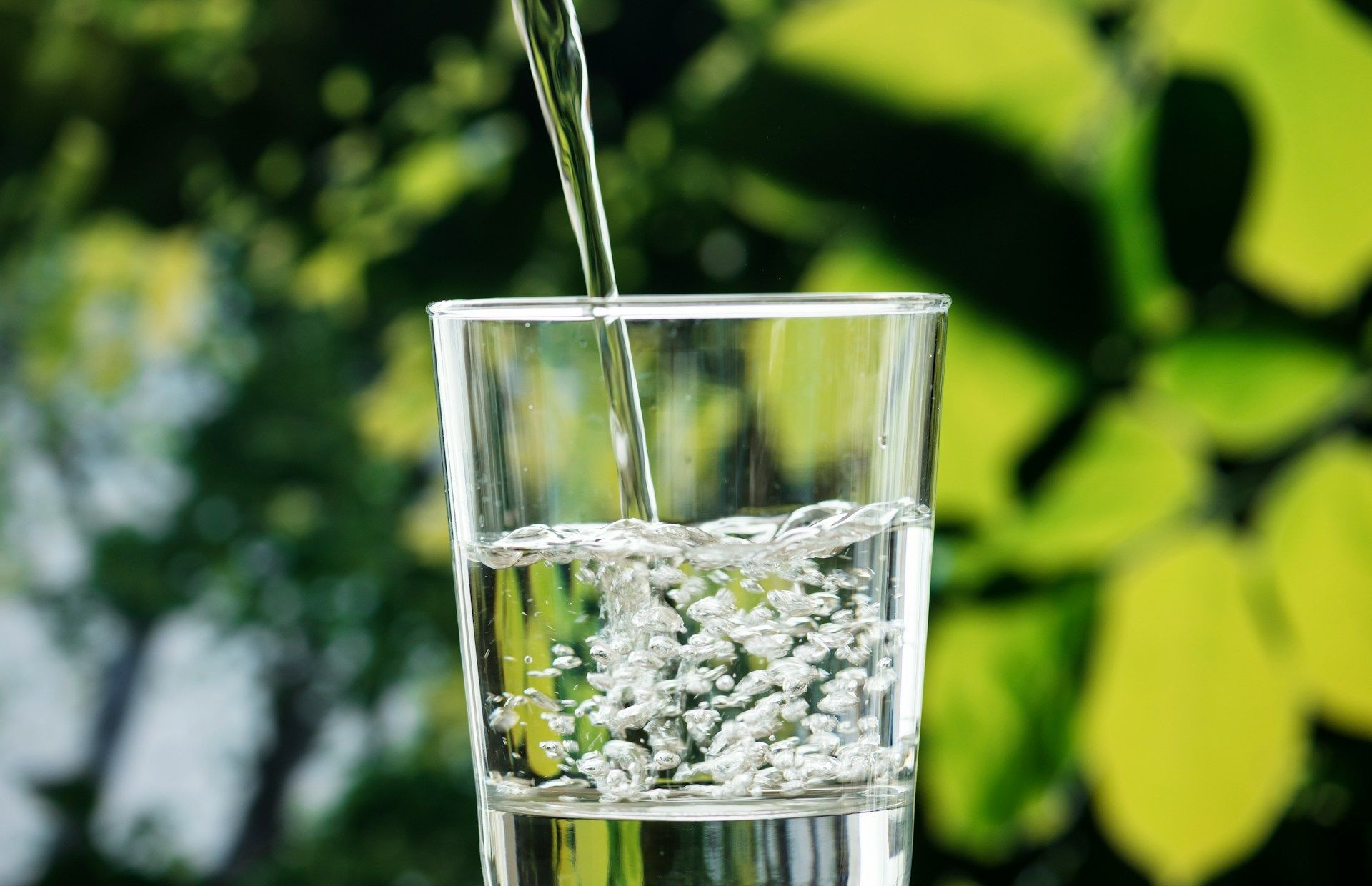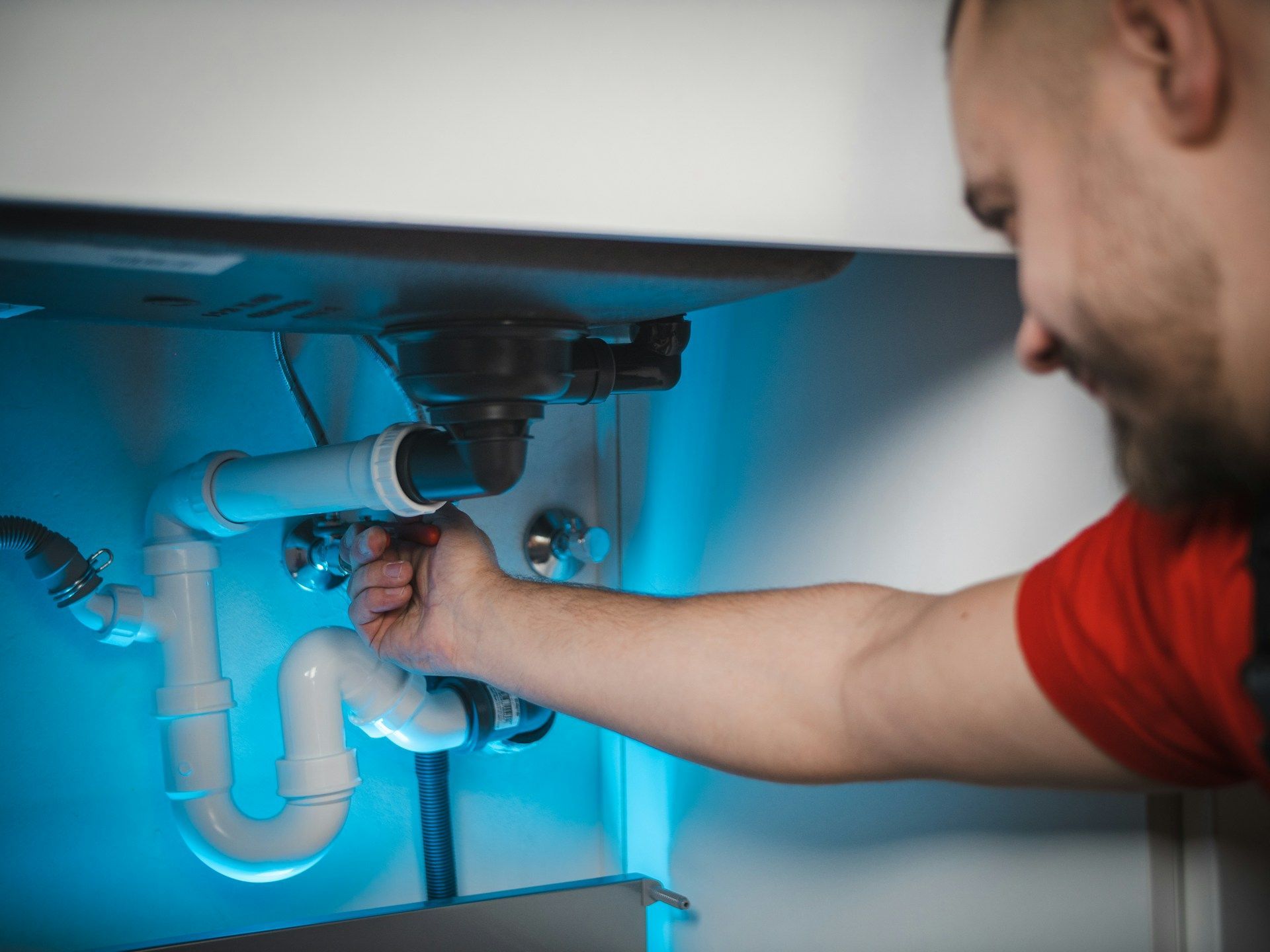Common RO Installation Mistakes In Park City And How To Avoid Them
Installing a reverse osmosis (RO) system at home is a smart move for better-tasting and cleaner water. But if the system isn’t set up right from the start, it can lead to problems that cost time and money down the road. That’s especially true for homeowners in Park City, where a mix of water conditions and elevation can make installation a little tricky. Whether you're building a new home or replacing an older setup, understanding what can go wrong is the first step to doing things right.
Many RO installation mistakes are easy to avoid once you know what to look for. Some are related to technical steps like fitting tubes correctly, while others are as simple as choosing the wrong spot to place the system. These issues can affect how well your system works or if it works at all. Let’s take a closer look at some of the most common mistakes people make during RO setup in Park City and how you can steer clear of them.
Forgetting To Check Water Pressure
Water pressure plays a big role in how well an RO system performs. If it’s too low, the system might not filter properly. If it’s too high, you risk leaks and damaged parts. Park City homes, depending on their location and plumbing setup, may either push too much pressure through or fall short, especially in higher elevations or older neighborhoods.
If you don’t test the pressure beforehand, you could be setting up a system that won't perform like it should. That means waste, poor water flow, or worse, a steady drip under the sink from loose fittings. Here’s how to avoid trouble before it starts:
- Use a water pressure gauge to get a fast reading from an outdoor spigot.
- Look for readings between 50-80 PSI. Anything lower may need a pressure booster. Anything higher may need a pressure regulator.
- Don’t guess. Even if water flow seems strong from the tap, pressure might still be too low for reverse osmosis to work correctly.
- Once pressure is in the right range, re-check after installation to make sure flow has stayed consistent.
If you're unsure how to check or interpret pressure readings, that’s a good sign it's time to call in someone who handles these systems every day.
Incorrect Placement Of The RO System
Where you install the RO unit matters more than many people think. The wrong spot can make it hard to maintain or limit how efficiently it runs. Some folks tuck the system deep under the sink where it’s almost impossible to reach. Others set it too close to heat sources or in areas with poor ventilation, which can shorten the life of the filters and other components.
Good placement keeps things running smoother and prevents wear from things like temperature swings, leaks, or accidental damage. Here are some tips for choosing the right spot:
- Pick a location that’s easy to access for filter changes.
- Avoid cramped or overstuffed cabinets.
- Stay away from dishwashers or garbage disposals that vibrate or generate heat.
- Make sure the drain is nearby and within reach for waste water lines.
- Leave space around the tank so it can breathe and function better.
One homeowner in Park City placed a system under their kitchen sink right next to hot water pipes. The tank expanded too much when temperatures rose, leading to broken fittings that caused damage to the cabinet floor.
Taking a few extra minutes to plan where the RO system goes can save a lot of cleaning, fixing, or replacing later on.
Improper Connection Of Tubing And Fittings
One of the most common issues with reverse osmosis system installation is connecting the tubing and fittings the wrong way. It seems simple, but even a small gap or misalignment can cause dripping, reduced performance, or worn-out parts over time. When water sits in loose fittings, it can also lead to mineral buildup or even mold growth under the sink.
The fittings on RO systems are pressurized, which means they need tight, clean connections that don’t leave room for leaks. In Park City homes, where fluctuating temperatures can cause expansion and contraction in plumbing, even tiny mistakes in tubing setup can show up fast.
Here’s how to avoid common tube and fitting issues:
- Make clean, straight cuts on all tubing using a proper tube cutter, not scissors or a pocketknife.
- Push the tubing in firmly until you hear or feel it seat into the fitting.
- Tug lightly on the connection to make sure it’s secure.
- Avoid over-tightening threaded fittings and use thread seal tape when recommended.
- Check all connections again after installation and a few days later to catch small leaks early.
Using quality fittings matters too. Cheap plastic parts often don’t hold up in homes where water conditions vary with each season. If you’re investing in a system, the connectors should match that level of investment.
Skipping The Sanitization Step
A lot of people skip this part thinking it’s not necessary, especially if the system looks clean or came sealed from the factory. But that’s a risky move. Any system might have collected dust during shipping or picked up bacteria when unboxed. Skipping the sanitization step lets that stuff ride right into your drinking water when you turn the faucet on.
Sanitizing before first use is like rinsing out a water bottle before filling it. It doesn’t take long and helps you start with a clean slate. Most systems recommend using a food-grade sanitizer. Some even include it in the box, but if not, it’s worth getting.
Here’s a straightforward way to sanitize a new RO system before use:
1. Close the system’s valve and turn off the main water supply.
2. Remove the filters if the manufacturer recommends sanitizing without them.
3. Pour the recommended amount of sanitizer into the system’s prefilter housing.
4. Reassemble the housing and turn on the water to let the tank fill.
5. Let the system sit untouched for at least an hour. Some prefer overnight.
6. Flush out all the water in the tank. You’ll likely need to do this twice to get the sanitizer smell out.
7. Reinstall the filters if they were taken out and resume normal use.
Failing to do this can lead to odd tastes in the water or worse, actual contamination. It’s a step that many forget, but really should be standard practice.
Regular Maintenance Negligence
A reverse osmosis system isn’t a set it and forget it piece of equipment. It needs regular attention to stay in good shape. Ignoring it can mean higher chances of clogs, dirty filters, and weaker water quality. Some people might go years without checking their system, and by then, the filters can be way past their usable life, causing more harm than good.
In Park City, changes in temperature or seasonal water conditions may even shorten the system’s filter life. Dust from construction or older piping systems can also cause filters to wear out faster than expected. Keeping a maintenance schedule goes a long way toward keeping your water fresh and your system doing its job.
Here’s a basic maintenance timeline to follow:
- Check for leaks under the sink once a month.
- Replace prefilters (carbon and sediment) every 6 to 12 months.
- Change the RO membrane around the two-year mark, based on use and water quality.
- Sanitize the whole system once each year.
- Keep track of filter changes with a sticker or note inside the cabinet door.
If parts of the system start to look cloudy or smell odd, don’t wait it out. Those are warning signs something needs attention. With regular upkeep, your RO system should give you years of dependable service.
Keep Your System Running Right In Park City
Installing a reverse osmosis system the right way means more than following basic instructions. Every home in Park City has different plumbing layouts, water pressure ranges, and cabinet space. Even small mistakes at the start can lead to bigger headaches later. From checking your water pressure to placing the unit correctly and making sure the connections are tight and clean, each step matters more than you’d think.
Taking the time to set things up carefully and keeping up with regular checks makes your system last longer and ensures clean water for your home. If you're unsure about any part of the process, seeking professional help can save time, protect your investment, and give you peace of mind that everything is working the way it should.
If you’re feeling unsure about setting up your own system, it might be time to explore RO system installation in Park City. Water Science provides expert help to make sure your reverse osmosis system is installed correctly and running at its best. Let us handle the hard parts so you can enjoy clean, great-tasting water without the stress.



